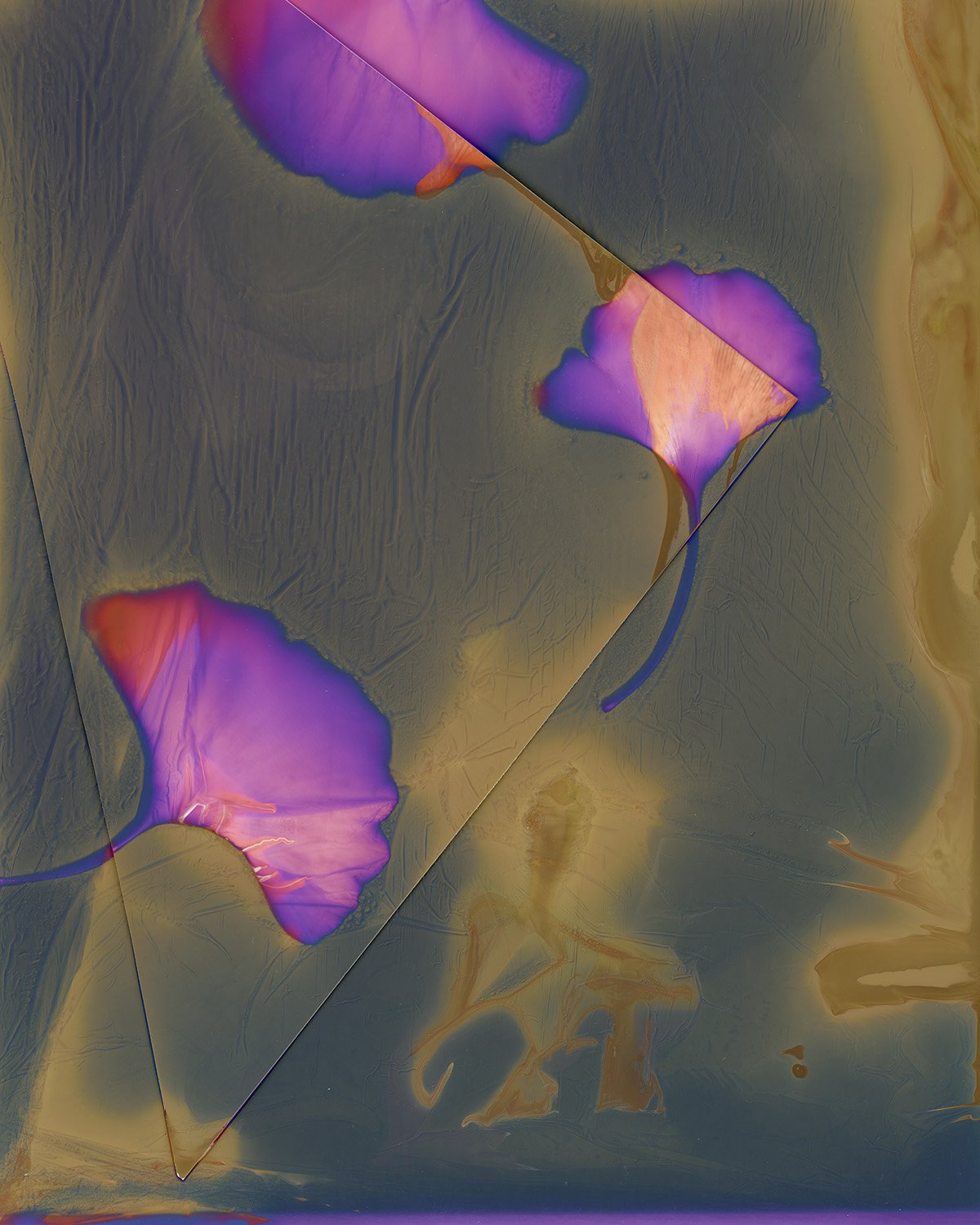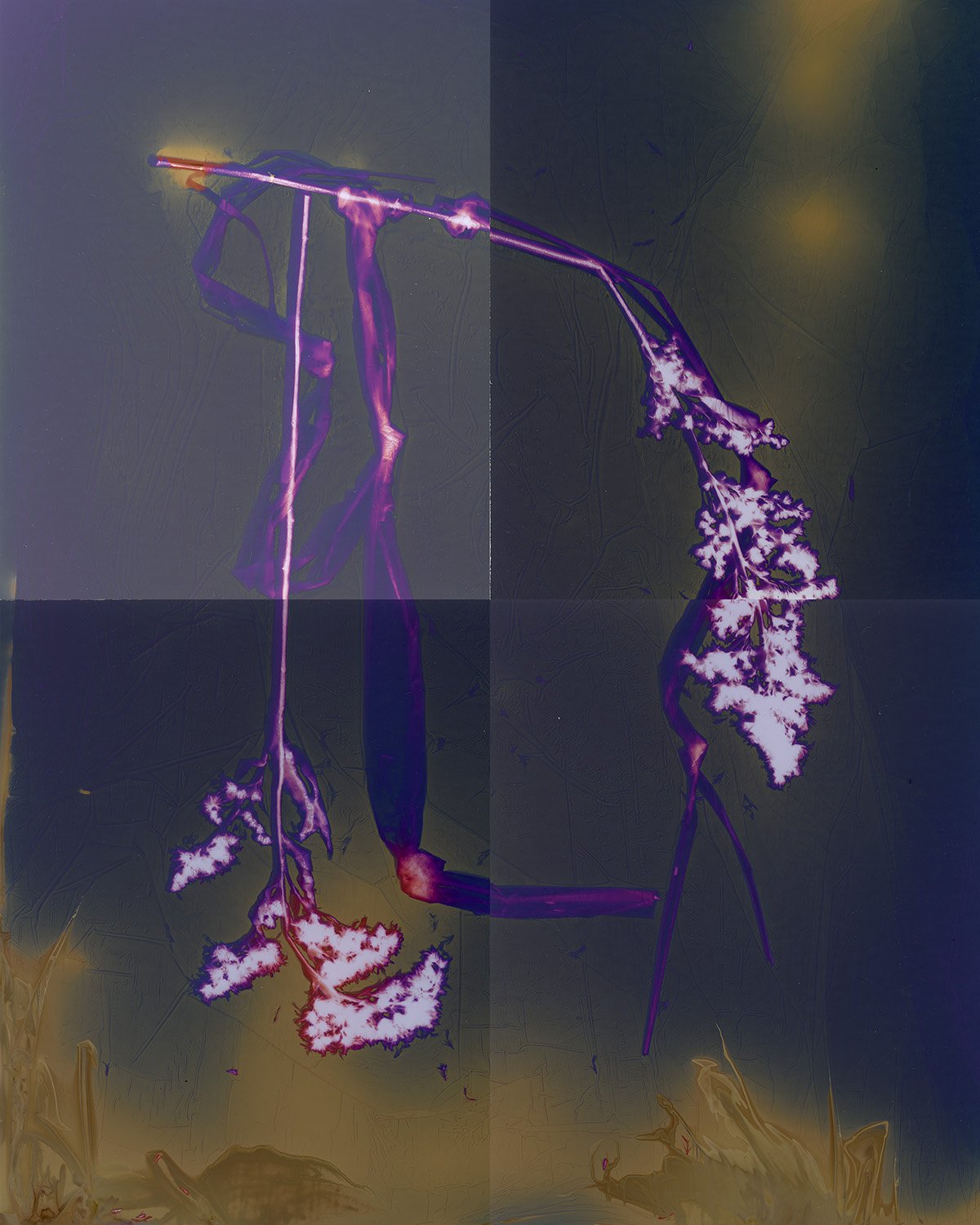Featured Photographer: Jacqueline Walters Weaving Light and Language
Learning Mandarin and the Language of Lumens No 621, 2023
Learning Mandarin and the Language of Lumens No 154, 2021
There exists this constantly bustling orbit in photography, and I’ve found that the most recent works of Jacqueline Walters stand as a beacon of creative exploration, unearthing inspiration from the landscapes of her youth and the intricacies of language. Born in the historic city of Cambridge, England, Jacqueline has crafted a distinctive visual language that transcends the ordinary, intertwining her late-blooming love for photography with the nuances of literature and the enigmatic beauty of Mandarin script.
Growing up in a university town on the edge of the fens, Jacqueline's early years were shaped by a landscape that became a perpetual wellspring of inspiration. The interplay between the familiar fenland and the constant influx of visitors and students ignited her curiosity about distant lands and diverse languages, setting the stage for a life rich in experiences. Later, the transition from the serene English town to the vibrant cityscape of San Francisco marked a pivotal moment. It was in this bustling hub of creativity that Jacqueline's latent artistic aspirations began to stir. A return to school for degrees in English Literature, including a Master's degree, laid the groundwork for her unique photographic journey.
Learning Mandarin and the Language of Lumens No. 187, 2021
Jacqueline's entrance into the world of photography was unconventional, blossoming in her late 40s after absorbing the materials of life. Initially drawn to the history of the medium, she took tentative steps into crafting her own images. What started as an exploration of words eventually gave way to a symbiotic relationship between words and images, revealing the profound interplay that would become the hallmark of her work. As she dove headfirst into the captivating history of photography, Jacqueline found herself drawn to the literary world of Paris in the 20s and 30s. It was a photo book by Gisele Freund that opened a visual gateway into the lives of iconic figures like James Joyce and Sylvia Beach, sparking a silent dialogue between the aural and the visual, between literature and photography.
Jacqueline's journey with photography mirrored the evolution of her artistic vision. Starting in the darkroom with black and white film, she embraced low-tech cameras, like the Holga and pinhole/zoneplate, experimenting with multiple exposures and overlapping frames. The advent of the iPhone marked a significant shift, introducing color and immediacy to her visual storytelling.
The English landscape, a recurring theme in Jacqueline's work, found its voice when she let go of her attachment to black and white film. The everyday walks in her homeland became a poignant exploration, devoid of monumental moments but rich in authenticity. Jacqueline's artistic expression expanded beyond the visual, transcending the confines of the camera as she sought poetry, merging text and imagery into her aesthetic. The two-fold inspiration that propels Jacqueline to continue using photography is rooted in the endless possibilities it offers for scrutiny. Each boundary pushed opens up new avenues, again, exemplified by her transition to using an iPhone for color work.
Jacqueline's black and white work is a testament to the synergy between analog and digital processes. Starting with Tri-X film, a favored film, her transition to digital printing was seamless, guided by the skills learned from master printer Frank Espada. The plastic camera, pinhole, zone plate, iPhone, and even an actual digital camera with a Lens Baby pro lens constitute Jacqueline's diverse toolkit.
Her latest works mark a shift in her photographic process. Experimenting with biological materials instead of ink, Jacqueline transformed the traditional "imaginary square" into rectangles and shapes defining the space. This visual exploration paralleled her discovery of the intricate beauty of Mandarin script during her language studies. Jacqueline's project, Learning Mandarin and the Language of Lumens, encapsulates the merging of her linguistic and visual explorations. Learning Mandarin became more than a language acquisition; it became a source of inspiration for her artistic vision. The endless permutations of lines, dots, and dashes in Mandarin script has found voice in the bold strokes and elegant lines of her lumen prints.
In this project, Jacqueline replaces ink with plants, flowers, and expired gelatin silver paper, unveiling images that mirror the rhythmic grace of calligraphy. The latent colors revealed in the papers she uses become a metaphor for the defining characteristics of the calligrapher's hand—both speaking to personality. Learning Mandarin and the Language of Lumens is a testament to the crossroads of words and images, where the written language becomes not just a means of communication but an art form in itself.
As Jacqueline looks to the future, she simultaneously navigates multiple projects. Inspired by the Spanish collaborators Albarran Cabrera and the book Photographic Syntax, she sets out with experiments using gold leaf and cliché verre, seeking to merge text and pictures into handmade books. The allure of riso printing, ignited by a book from Chinese artist Mei Sa Guo, adds another layer to her endeavors.
With an unwavering commitment to exploring new avenues, Jacqueline's artistic journey continues to evolve. The fusion of words, light, and language in her work invites viewers to explore the depths of her unique narrative. As she expresses gratitude for the creative photography community that has sustained her, Jacqueline Walters remains a luminary whose art transcends boundaries and speaks a language that resonates with the soul.
Learning Mandarin and the Language of Lumens No. 345, 2021
GALLERY
ABOUT THE ARTIST
Born in Cambridge, England, Jacqueline Walters is a fine art photographer based in San Francisco. She received a master’s degree from San Francisco State University, and a bachelor’s degree from the University of California, Berkeley. Both are in English Literature. It was through literature that she discovered photography. In her artistic practice, she explores themes of transformation of place, layering of time and space, and memory. Since 2009 her work has been exhibited in the San Francisco Bay Area at Corden|Potts Gallery, Gray Loft Gallery, Rayko Photo Center, Santa Clara University, and The Center for Photographic Arts; in Texas at A Smith Gallery; in New York at the SOHO Photo Gallery; in Massachusetts at the Griffin Museum of Photography; as well as many other galleries in the United States, and internationally at the Complesso Monumentale del San Giovanni, Catanzaro, Italy, The 11th Shanghai International Photographic Festival: Invitation Exhibition, Shanghai, China, and CICA Museum, Gyeonggi-do, South Korea. Walters' work has been published in LENSCRATCH, SHOTS, Artdoc Photography, AAP Magazine, DODHO online gallery, and Poignant Pics. Her work is part of private collections nationally and internationally. She was a 2023 Critical Mass Finalist.
ABOUT THE AUTHOR
Michael Kirchoff is a photographic artist, independent curator and juror, and advocate for the photographic arts. He has been a juror for Photolucida’s Critical Mass, and has reviewed portfolios for several fine art photographic organizations and non-profits in the U.S. and abroad. Michael has been a contributing writer for Lenscratch, Light Leaked, and Don’t Take Pictures magazine. In addition, he spent ten years (2006-2016) on the Board of the American Photographic Artists in Los Angeles (APA/LA), producing artist lectures, as well as business and inspirational events for the community. Currently, he is Editor-in-Chief at Analog Forever Magazine, Founding Editor for the photographer interview site, Catalyst: Interviews, Contributing Editor at One Twelve Publishing, and the Co-Host of The Diffusion Tapes podcast.
Connect with Michael Kirchoff on his Website and Instagram!






























Analog Forever Magazine Edition 11 includes interviews with Robert Stivers, Chad Coombs, Binh Danh, and Susan Goldstein, accompanied by portfolio features of Amisha Kashyap, Vaune Trachtman, Montenez Lowery, Kayhan Jafar-Shaghaghi, Blake Burton, Michael Stenta, William Mark Sommer, and Beihua Guo.